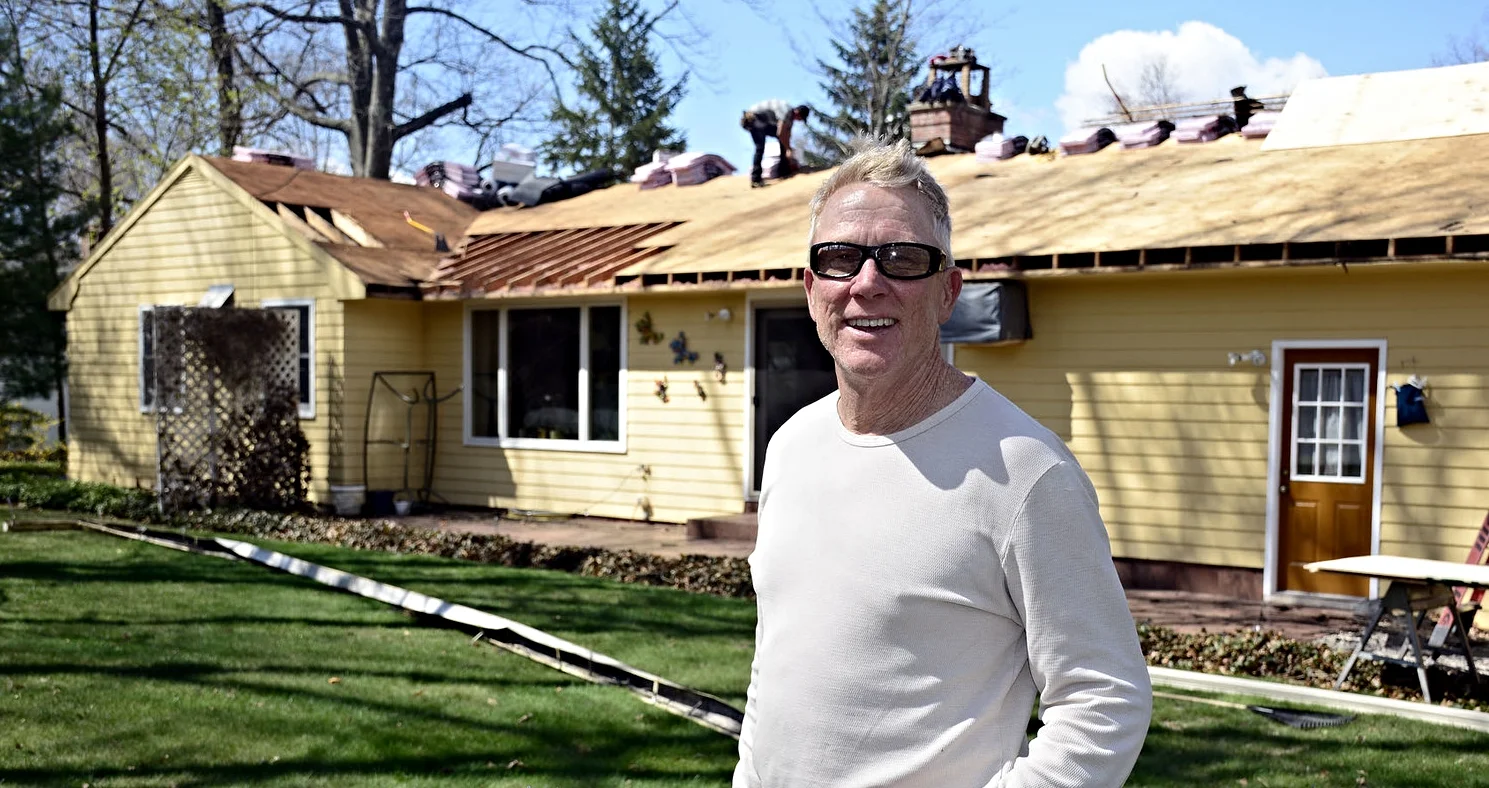Roof Damage Isn't Just What's on the Outside
Chelsea O'Donnell
I recently did work for a homeowner who was shocked to see black, rotten plywood underneath her roof. She never had a leak and wondered how there could be so much damage without any signs, other than an old roof that was deteriorating and needed to be replaced.
I see this problem a lot more often then you might think. In our area of Connecticut, 90 percent of attics don’t have enough insulation and aren’t properly ventilated. I meet people who need a new roof and want me to just replace the shingles to save money. What they don’t realize is how much deterioration exists where they can’t see. Once the plywood is exposed, warping, delamination, and rot from moisture usually come as quite a shock.
So why does this happen? The issue is actually airflow. Attic ventilation allows your house to “breathe” by taking air in from the outside and letting air out from the inside. Too many homes that I work in aren’t properly ventilated and most have their bathroom and even dryer vents exhausting into the attic instead of outside.
In order to have proper ventilation, your home needs a system that includes intake ventilation through the soffit or a new product called SmartVent which is installed on top of the roof near the gutter edge. Louver vents were typically used at an exhaust vent in the 1950s and 1960s but now ridge vents are more common. If your house has both louver vents and ridge vents, the louver vents should remain closed, otherwise, the louver will act as an intake vent and will only cool the top third of the attic.
In the colder months, it’s not uncommon for me to see frost on attic plywood because of inferior insulation. Insulation and ventilation work hand in hand - the ventilation controls the airflow and the insulation controls the temperature. You’re probably familiar with insulation - it’s a cotton-looking fiberglass material that often comes in pink or yellow rolls. It can also be loose-filled into tough to reach areas with a blowing machine. Remodeling professionals put insulation between walls, in attics, and in basements to retain heat in the house in the winter and keep it cooler in the summer. However, without proper ventilation, insulation is just as susceptible to moisture and deterioration as plywood.
My customer never went up into her attic, so she didn’t notice the problem. What she thought was a simple roof replacement ended up being a bigger job simply because, after years of decay, the plywood she had was no longer strong enough to properly support the new roof. Ignoring the problem and laying new shingles over the existing plywood would have voided the new roof’s 30-year warranty.
The lesson for this week? If you’re going to reroof your home, make sure that the plywood is healthy and that your contractor has given you a thorough plan to ensure that your home is properly insulated and ventilated. It might cost a bit more today, but it will regulate the heat and cooling in your home, saving on energy costs and making you much more comfortable for years to come.
Bob O'Donnell is the owner of O'Donnell Bros, Inc., a Bristol-based home improvement company established in 1975. Email your questions for Bob to info@odonnellbros.com with the subject line “Ask the Pro”. All questions may be considered for publication. To contact Bob for your remodeling needs, call O'Donnell Bros, Inc. at (860) 589-5155 or visit www.odonnellbros.com. Advice is for guidance only.
